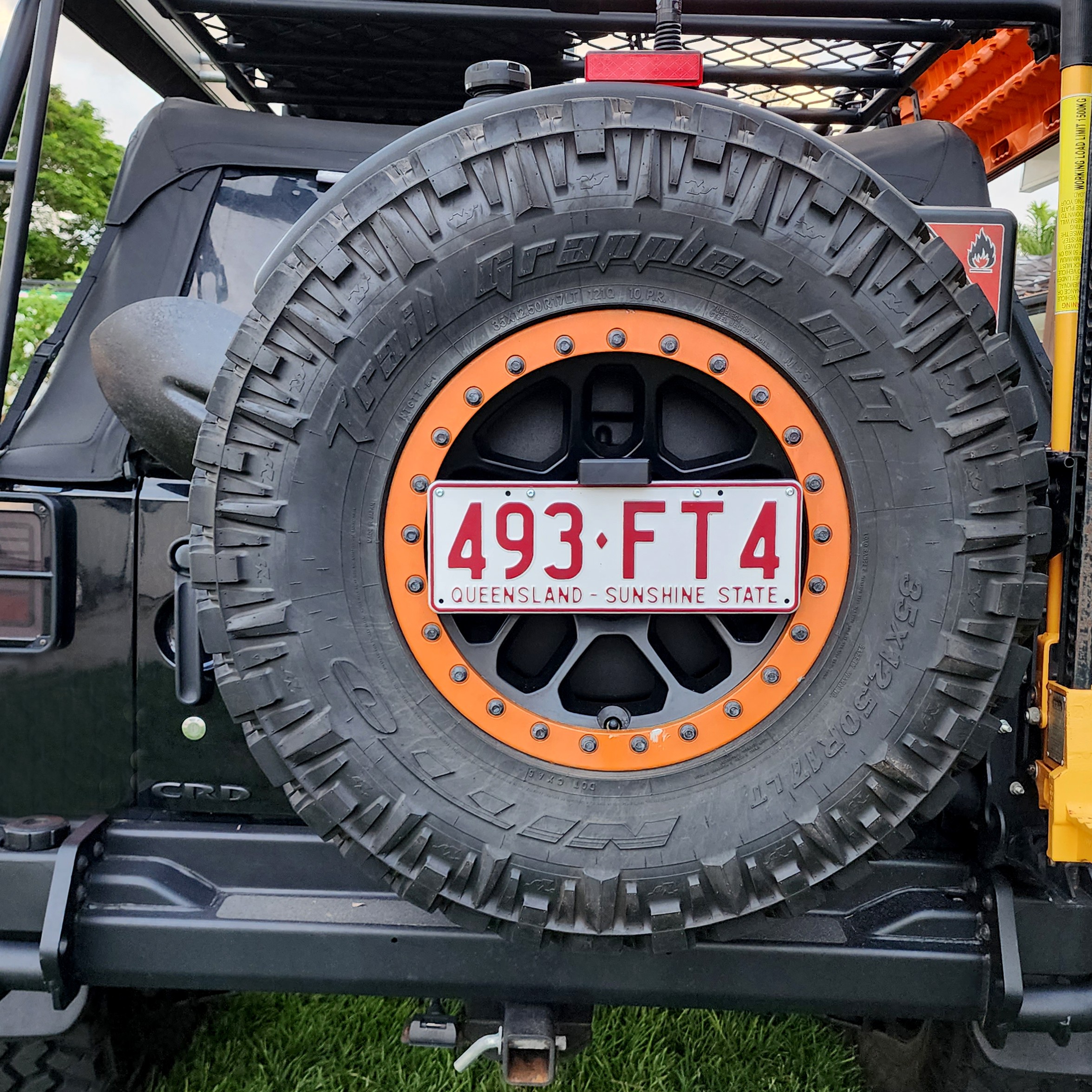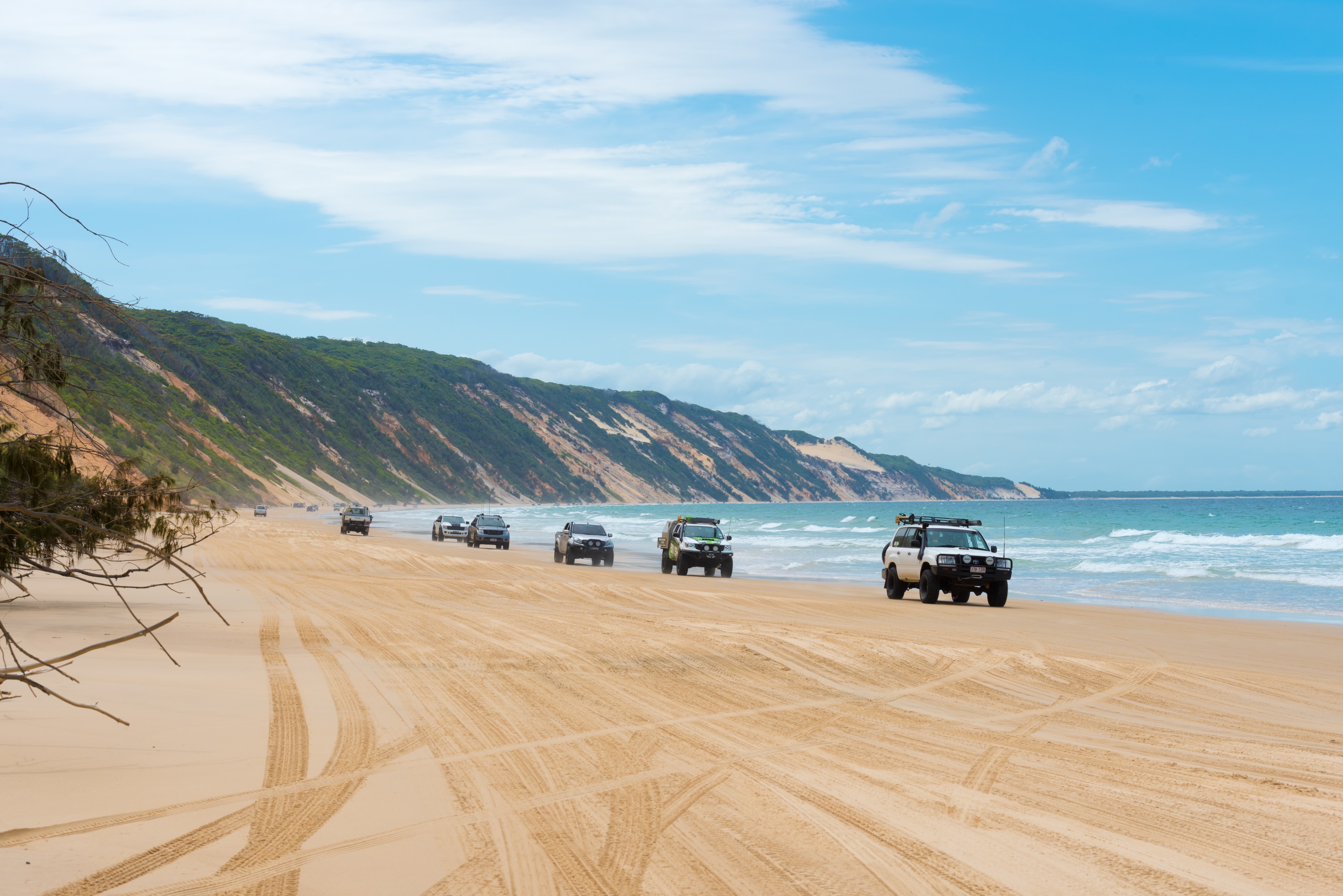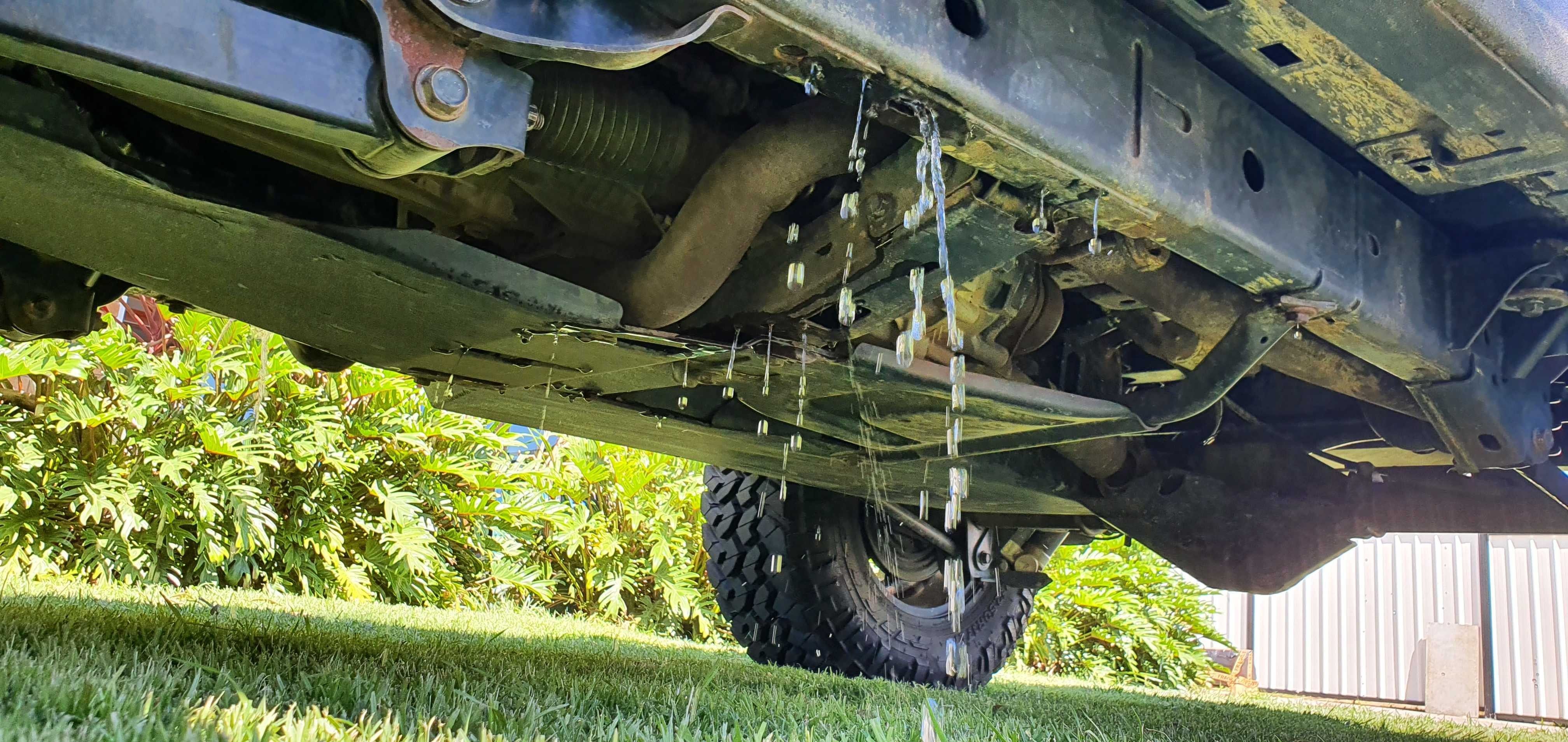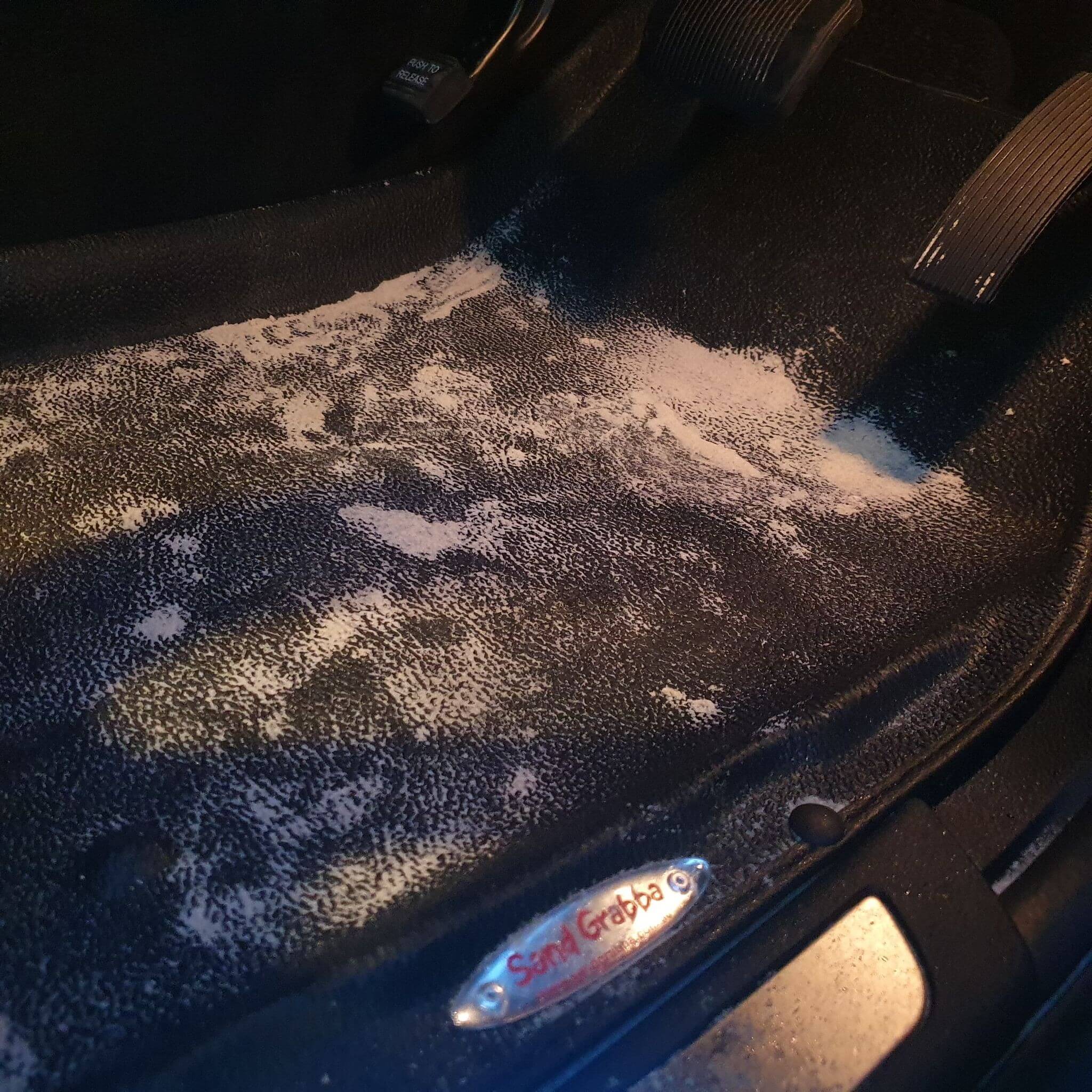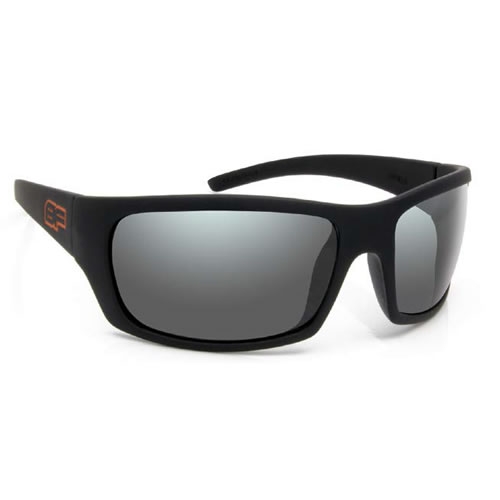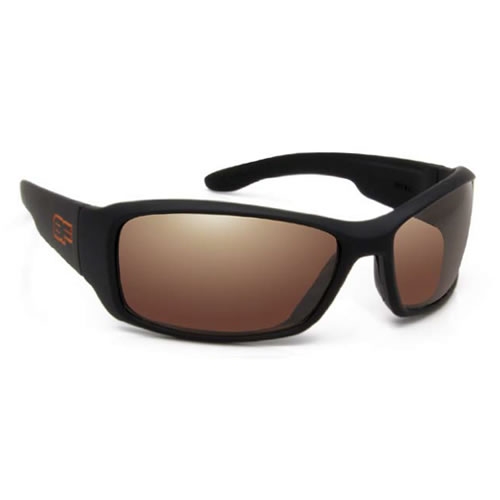Electric Trailer Brakes
A trailer can be a real asset when you’re planning a longer trip, but if it wants to keep going when you stop your vehicle it quickly turns into a bit of a liability. A small trailer without too much mass will stop on its own pretty well, but larger ones need a braking system – and the law says that any trailer over 750kg must be fitted with brakes.
There are two main options for trailer braking systems. One is inertia brakes. These have a device – usually a pendulum – that senses when the tow vehicle is slowing down and applies the trailer’s brakes. Inertia brakes work well on roads, but they tend to glitch on rougher ground. If the trailer isn’t level the system can misinterpret the pendulum’s movements as deceleration, and put the brakes on when you don’t want them.
Electric brakes get round this problem. They use a sensor controlled by the tow vehicle’s brake lights. When the lights come on that activates the brake controller, which sends power down a separate heavy-duty circuit to the trailer’s brakes. Because the sensor doesn’t rely on a pendulum, it still works even when your trailer is going down a 40-degree slope on one wheel. If your trailer weighs over 2,000kg electric brakes are a legal requirement.
It isn’t all good news, though. Electric brakes use magnets to push the brake shoes against the drum, and these are affected by heat. If the brakes warm up too much under sustained braking the electrical resistance in the magnets changes, and that can cause brake fade. Despite that, electric brakes are still the best choice for off-roaders because of their ability to work with the trailer at any angle. Inertia brakes can fail just when you need them most.
To use electric brakes your vehicle needs to be fitted with a brake controller. If it doesn’t have one, don’t worry; they’re usually not that hard to fit. It’s a bit trickier if the wagon didn’t have a towing package to start with, because you’ll have to splice the controller’s wiring into the harness, but that’s not an issue on most recent 4wd models. The controller itself is a small box that usually mounts on a bracket under the dash. It picks up the signal from the brake lights and activates the brakes, and also has a switch that lets you activate the brakes manually.
Once you have a controller installed you need to make sure it’s correctly set up for the weight of your trailer. That way, the brakes will apply the right amount of force to bring it to a safe stop. A well set up controller will let you brake as smoothly as if you weren’t towing anything. When you do the initial setup, take your trailer out for a drive; after about an hour, do a braking test to see if it needs any fine-tuning.
Even with a lighter trailer, good electric brakes will make a lot of difference off road. Getting through rough terrain often depends on keeping all the forces on your vehicle in the right balance, and a trailer that likes to do its own thing can seriously get in the way. If you know that it’s going to stop at the same time, and the same rate, as your vehicle you can go off road with a lot more confidence.

